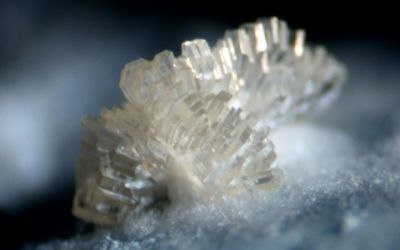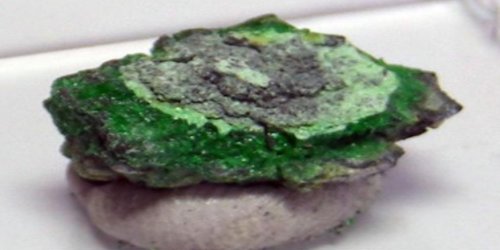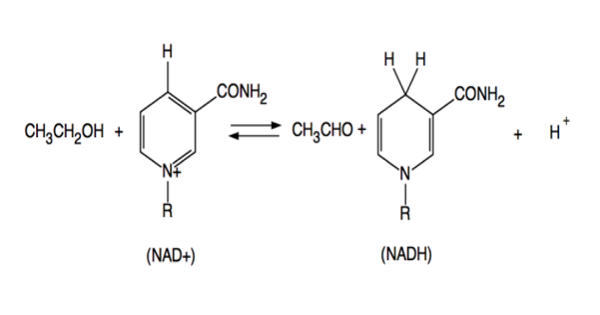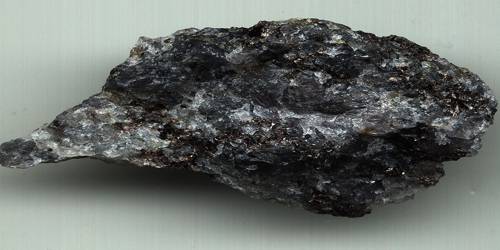Jonesite is a mineral with the chemical formula Ba4(K, Na)2[Ti4Al2Si10O36]*6H2O. It is a monoclinic-prismatic colorless mineral containing aluminum, barium, hydrogen, oxygen, potassium, silicon, sodium, and titanium. It is a rare mineral that can be found in the United States at its type locality in the Dallas Gem mine in California, in Slovakia at Vechec, and in the Atlantic Ocean along the Mid-Atlantic Ridge.
It was named after Francis Tucker Jones, a Research Chemical Microscopist of California, the USA who was the discoverer of the mineral.
General Information
- Category: Inosilicates
- Formula: Ba4(K,Na)2[Ti4Al2Si10O36]*6H2O
- Crystal system: Monoclinic
- Crystal class: Prismatic (2/m) (same H-M symbol)

Fig: Jonesite
Properties
Jonesite is anisotropic, meaning the speed of light changes through the mineral, so the mineral shows color when viewed in crossed polarized light under a microscope. The mineral also has medium relief, which is a measure of how well the mineral stands out when viewed under a microscope in the plane polarized light.
- Formula mass: 914.93 g/mol
- Color: Colorless
- Crystal habit: Bladed– Aggregation is thin blade-like crystals and Tabular
- Fracture: Irregular
- Mohs scale hardness: 3 – 4
- Luster: Vitreous
- Streak: White
- Diaphaneity: Transparent
- Specific gravity: 3.21 g/cm3
- Density: 3.25 g/cm3
Occurrence – In fractures and cavities of brecciated greenstone enclosed in blueschist.
Jonesite is found in fractures and cavities of brecciated greenstone within blueschist. In addition to being one of the rarest minerals in the Benitoite Gem mine located in California, Jonesite also is the first titanosilicate mineral with a porous double-layered crystal structure. This discovery is important because titanosilicate frameworks have industrial uses in energy companies and are used in containing radioactive waste
Information source:
















